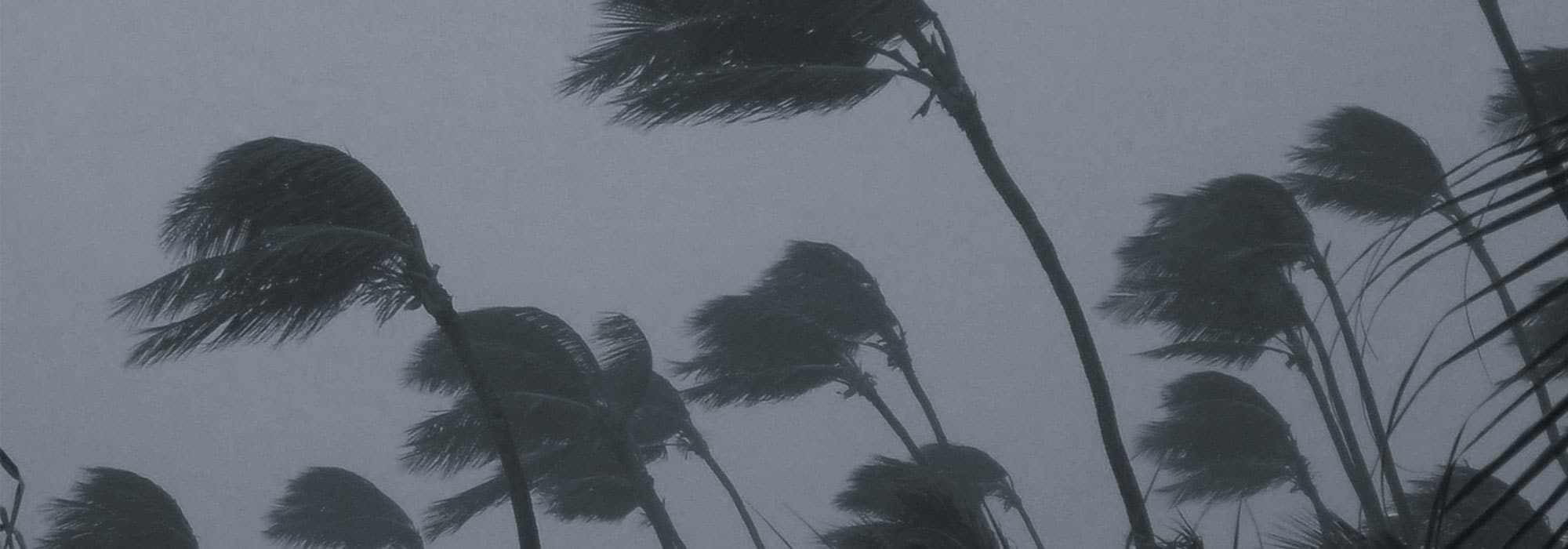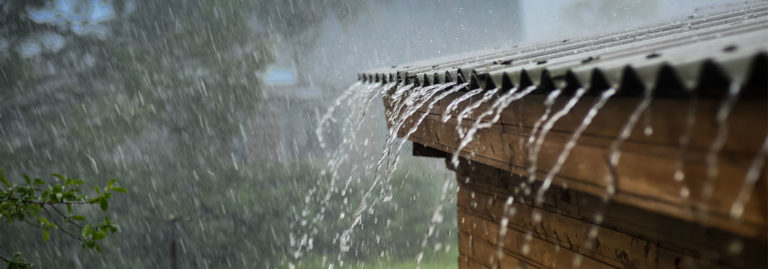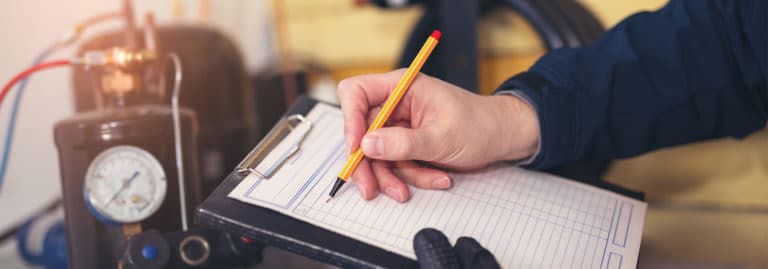How to Prepare Your HVAC System for a Hurricane
Florida has enjoyed a fairly quiet hurricane season this year, but there’s a massive collection of storms that are now growing off the east coast of the United States. With severe weather sitting on the horizon, now’s an ideal time to ask an important question: do you know what to do in order to protect your HVAC system from being damaged by a hurricane? Taking a few extra steps could help preserve your system from suffering a massive breakdown or even being irreparably damaged by the severe force of one of these weather patterns. Here are some things you can do.
Before the Hurricane
While securing your house before evacuation, turn off the main electrical breakers to your HVAC system, including to your furnace, air handler, and/or gas furnace if you have them. Shutting off all electrical current to these components gives them the best chance of being able to survive being flooded and coated with water. If you have a gas-powered heater, shut off the supply of gas to it.
Next, turn your focus on your outdoor unit. Make sure all of the bolts that hold the structure together are secured and tightened, particularly the ones that hold the unit to the ground. If possible, secure the outdoor unit to the ground using hurricane straps, an extremely strong type of strap that can hold your outdoor unit to the ground and withstand winds well in excess of 100 miles per hour. Because the power to your unit is shut off, consider protecting it by strapping several pieces of plywood to the sides and top in order to prevent flying debris from damaging the unit. However, make sure to leave a gap out of the bottom so any flood waters can drain out.
After the Hurricane
After the hurricane has passed and the weather is clear again, do not immediately power on your system. Doing so will likely lead to irreparable damage to your home, as well as possibly even spark a fire, which is the last thing you want to have to worry about when emergency crews are so busy. Instead, remove the hurricane straps and protective boards from your outdoor unit.
The next thing you should do is contact a professional and schedule an inspection as soon as possible. It may take a few days for your system to fully dry out before it can be powered back on, but an inspection can look through both your indoor and outdoor unit and determine whether or not anything catastrophic has gone wrong. If nothing has gone wrong, then they will clean, dry, and disinfect your system to make sure it’s ready to go again.
If the position of your outdoor unit has shifted even the smallest amount, there’s a distinct possibility that there may be a leak in the important piping and conduit lines that run wires and coolant between your indoor and outdoor HVAC units. This means you’ll need major repairs or even a full replacement before you can turn the system back on. The only way to know for sure is to call a professional.
Finally, if you have floor-run or lower-positioned ducts that may have come in contact with the flood waters of the hurricane, a professional will take a close look at them. Once the insulation around these ducts makes contact with floodwaters, decontaminating them is impossible, and the insulation will need to be immediately replaced before your system can be run again. Failing to do so means you could be risking circulating a number of viruses and airborne bacteria around your home that could cause serious illnesses.
Whether you need your HVAC system repaired or inspected after severe weather, trust the team at Airrific Air Conditioning & Heating! Call us at (941) 371-3355 to request an appointment now.
Florida has enjoyed a fairly quiet hurricane season this year, but there’s a massive collection of storms that are now growing off the east coast of the United States. With severe weather sitting on the horizon, now’s an ideal time to ask an important question: do you know what to do in order to protect your HVAC system from being damaged by a hurricane? Taking a few extra steps could help preserve your system from suffering a massive breakdown or even being irreparably damaged by the severe force of one of these weather patterns. Here are some things you can do.
Before the Hurricane
While securing your house before evacuation, turn off the main electrical breakers to your HVAC system, including to your furnace, air handler, and/or gas furnace if you have them. Shutting off all electrical current to these components gives them the best chance of being able to survive being flooded and coated with water. If you have a gas-powered heater, shut off the supply of gas to it.
Next, turn your focus on your outdoor unit. Make sure all of the bolts that hold the structure together are secured and tightened, particularly the ones that hold the unit to the ground. If possible, secure the outdoor unit to the ground using hurricane straps, an extremely strong type of strap that can hold your outdoor unit to the ground and withstand winds well in excess of 100 miles per hour. Because the power to your unit is shut off, consider protecting it by strapping several pieces of plywood to the sides and top in order to prevent flying debris from damaging the unit. However, make sure to leave a gap out of the bottom so any flood waters can drain out.
After the Hurricane
After the hurricane has passed and the weather is clear again, do not immediately power on your system. Doing so will likely lead to irreparable damage to your home, as well as possibly even spark a fire, which is the last thing you want to have to worry about when emergency crews are so busy. Instead, remove the hurricane straps and protective boards from your outdoor unit.
The next thing you should do is contact a professional and schedule an inspection as soon as possible. It may take a few days for your system to fully dry out before it can be powered back on, but an inspection can look through both your indoor and outdoor unit and determine whether or not anything catastrophic has gone wrong. If nothing has gone wrong, then they will clean, dry, and disinfect your system to make sure it’s ready to go again.
If the position of your outdoor unit has shifted even the smallest amount, there’s a distinct possibility that there may be a leak in the important piping and conduit lines that run wires and coolant between your indoor and outdoor HVAC units. This means you’ll need major repairs or even a full replacement before you can turn the system back on. The only way to know for sure is to call a professional.
Finally, if you have floor-run or lower-positioned ducts that may have come in contact with the flood waters of the hurricane, a professional will take a close look at them. Once the insulation around these ducts makes contact with floodwaters, decontaminating them is impossible, and the insulation will need to be immediately replaced before your system can be run again. Failing to do so means you could be risking circulating a number of viruses and airborne bacteria around your home that could cause serious illnesses.
Need Air Conditioning Maintenance? Talk to your air conditioning repair experts at Airrific Air Conditioning & Heating today! Call (941) 371-3355.








